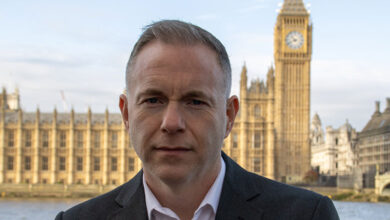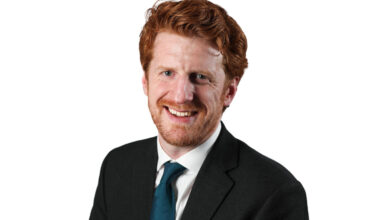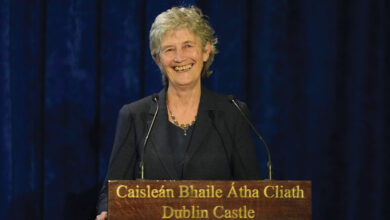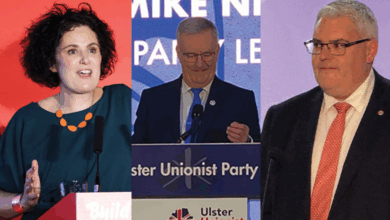Why planning matters
 Greg Lloyd explains the rationale for planning and calls for a serious debate on how we use the fixed resource of land.
Greg Lloyd explains the rationale for planning and calls for a serious debate on how we use the fixed resource of land.
This is an auspicious time for the planning system – sometimes called land use planning, spatial planning or town and country planning. The Royal Town Planning Institute, for example, its professional chartered institute is celebrating a centenary of activity – underlining the fact that planning is a well-established feature of our modern world. In Northern Ireland, a new set of planning arrangements will be put into place in 2015 with considerable implications for the new councils, communities and localities. Planning matters.
Yet, planning is generally viewed with suspicion and tends to be misrepresented in all sorts of ways. Why should this be? It is important that we reflect on the reasons.
First, planning was introduced as an acknowledgment that land is a very valuable resource for society as a whole. Land is fixed in absolute supply, it is fixed in location, it is of variable quality and it is vulnerable to exhaustion, depletion, contamination, pollution, landslides, coastal and river erosion and flooding. As economic activity, investment and property development is relatively mobile, consequently pressures on the land resource vary according to different places and at different times. This means that the relative supply of land – the transfer from, say, agricultural uses to residential development – becomes the focus of concern. Because of these highly distinctive characteristics, there are important financial considerations (enhanced capital and rental values) involved which cloud the debates over land use and development.
Second, planning was devised as a way of reconciling the legitimate private interests in land use and development with the wider public interest. Planning was initially introduced in a partial form – intended to capture the hot spots of property development which emerged in the 1920s and 1930s. In the post-World War Two period, a comprehensive form of planning was put into place to ensure that the wider societal needs for housing, retailing, industrial, commercial and recreational, including conservation, were taken into account. This is essentially the arrangements holding today – albeit with a number of changes over time to better reflect changed circumstances and expectations.
Third, in terms of the underlying ideologies of the legal dimensions of the planning system, commentators have argued that the planning system was intended to, firstly, protect private property interests and values; secondly, ensure the public interest was served with respect to creating balanced, orderly neighbourhoods and communities; and thirdly, and subsequently, to ensure due diligence and the democratic nature of planning. In reconciling the public interest with private property rights, there had to be transparency in the ways that planning operated together with opportunities for communities to have a say in how they felt land should be used and developed.
That process of reconciliation sits at the core of the planning system. Planning sets out a vision for specific areas via the preparation of development plans and then regulates development in compliance with this articulation of the public interest. This is intended to be strategic, consistent and equitable across society and planning has all sorts of checks and balances built in to ensure that all interests – economic, social and environmental – are taken into account.
There can be no doubt that whilst this seems very straightforward on paper, in terms of the legislation and the bodies put into place to ensure planning is efficient, effective and equitable the very characteristics of land make it a highly contested policy and governance area. In practice, much rides on the opportunities to develop land – for the community at large in having access to homes, shops and schools, and for builders in creating their profits.
Commentators have observed the tendency not for quiet deliberation and reflection on the future form of communities but strident shouting loudly to serve a particular viewpoint.
In Northern Ireland, a new planning system will emerge in 2015 with the new councils taking responsibility at more local levels – and this means that planning matters even more as it represents opportunities to influence the appropriate use and development of land in the wider public interest.
This is not the time for shouting loudly. The land question is far too important for that. If we believe in ideas around sustainable development and nurturing the environment for future generations then we have to take planning seriously. Planning does matter.
Greg Lloyd is Emeritus Professor of Urban Planning at the University of Ulster.





